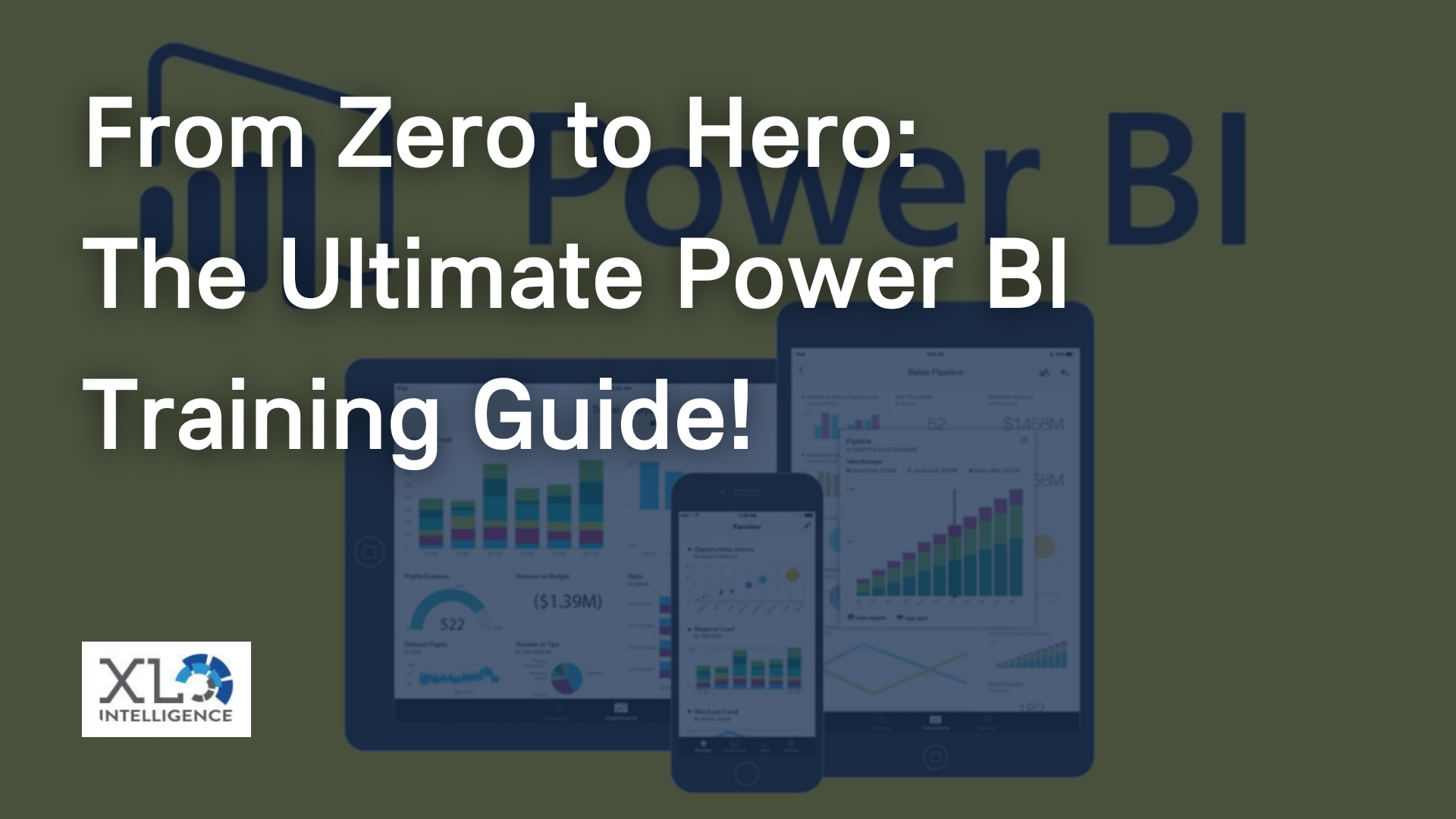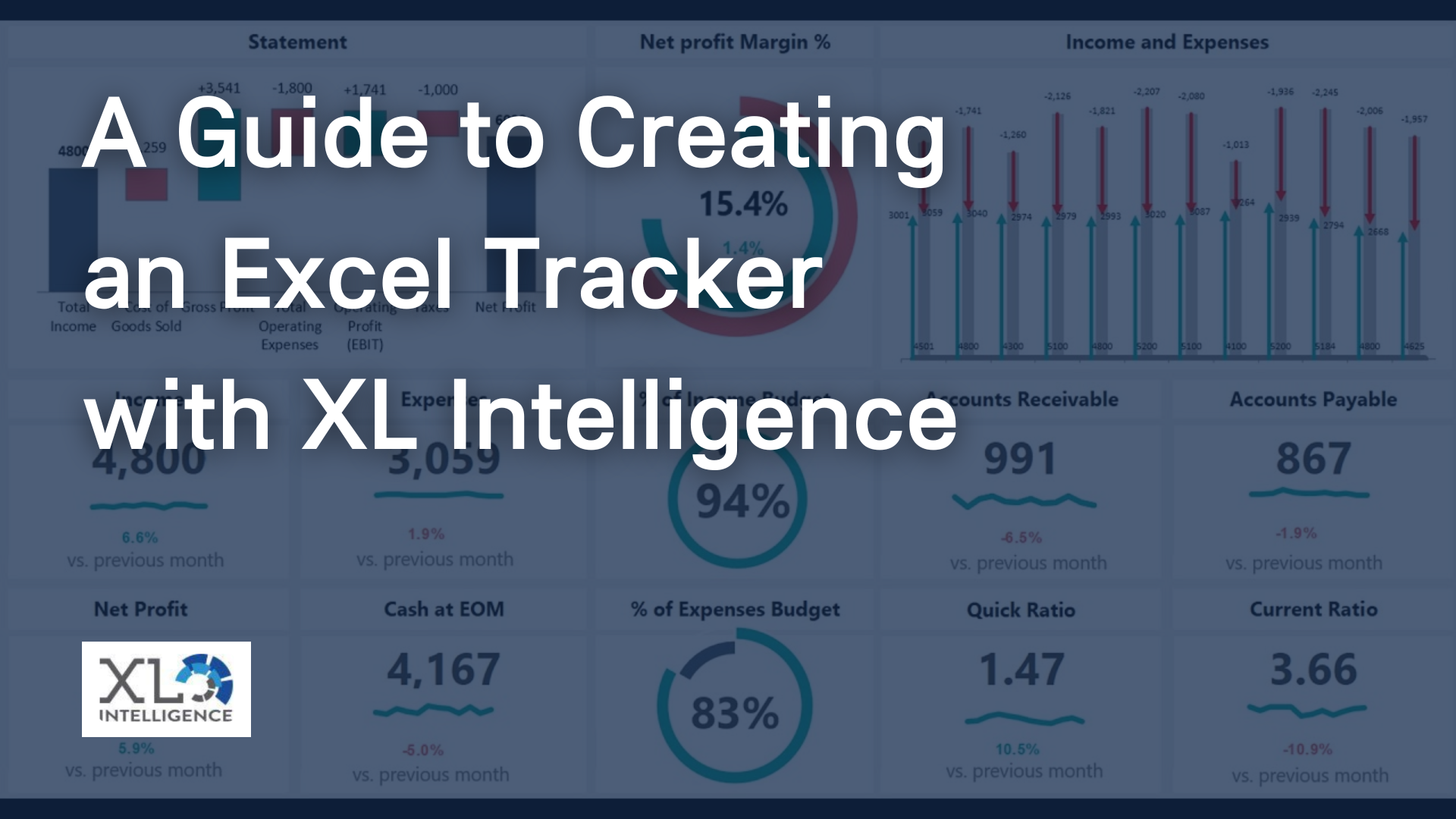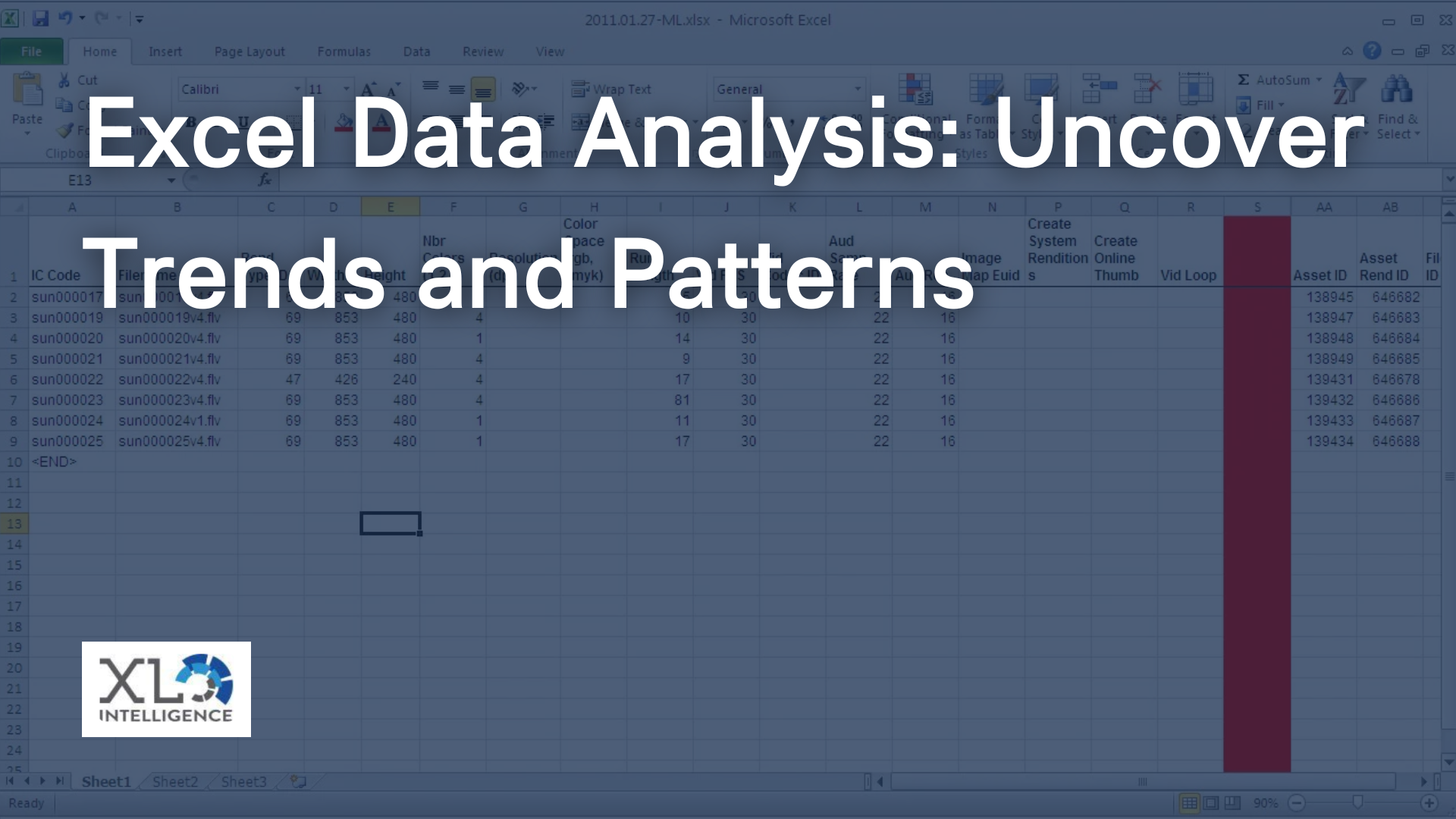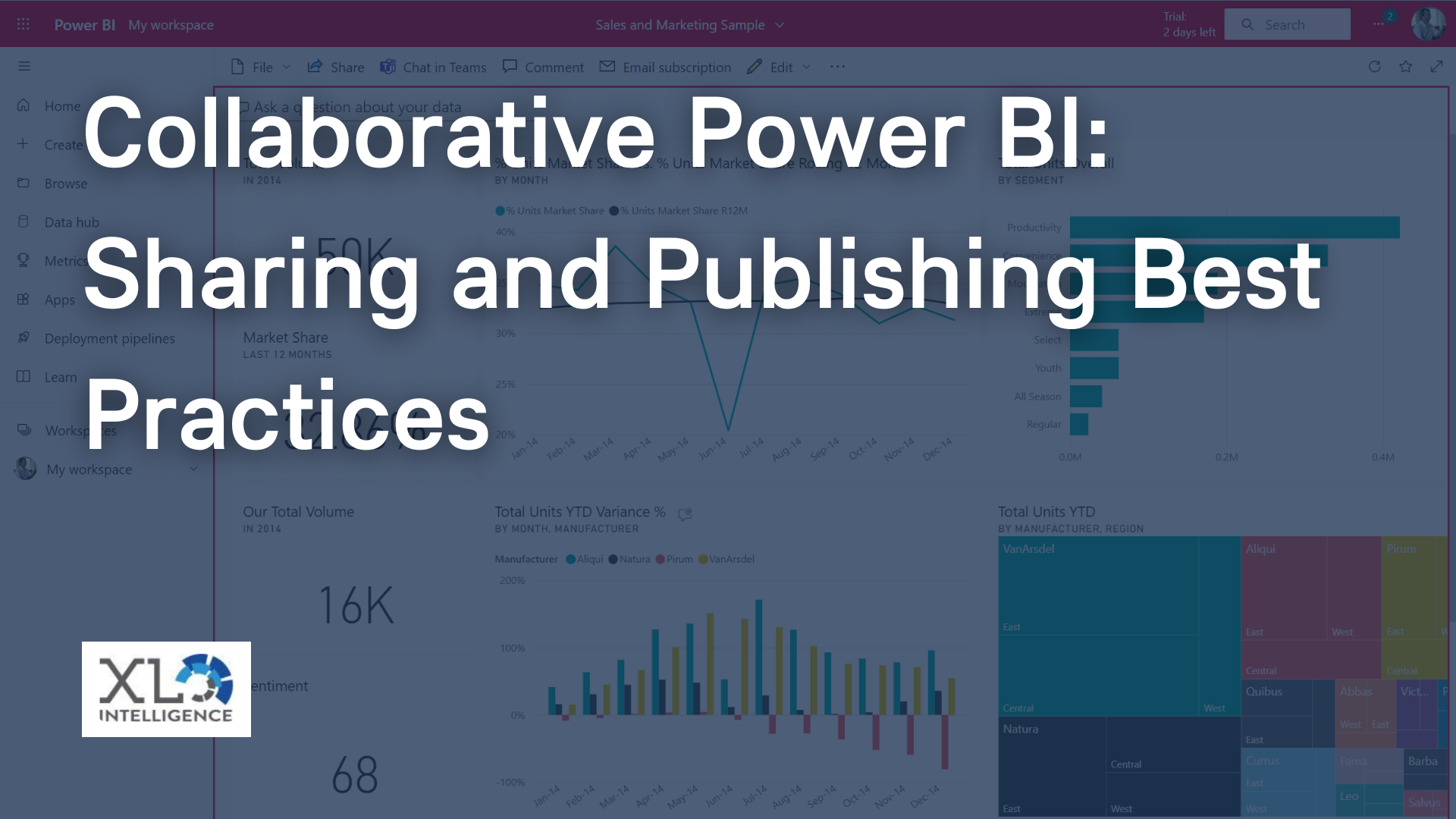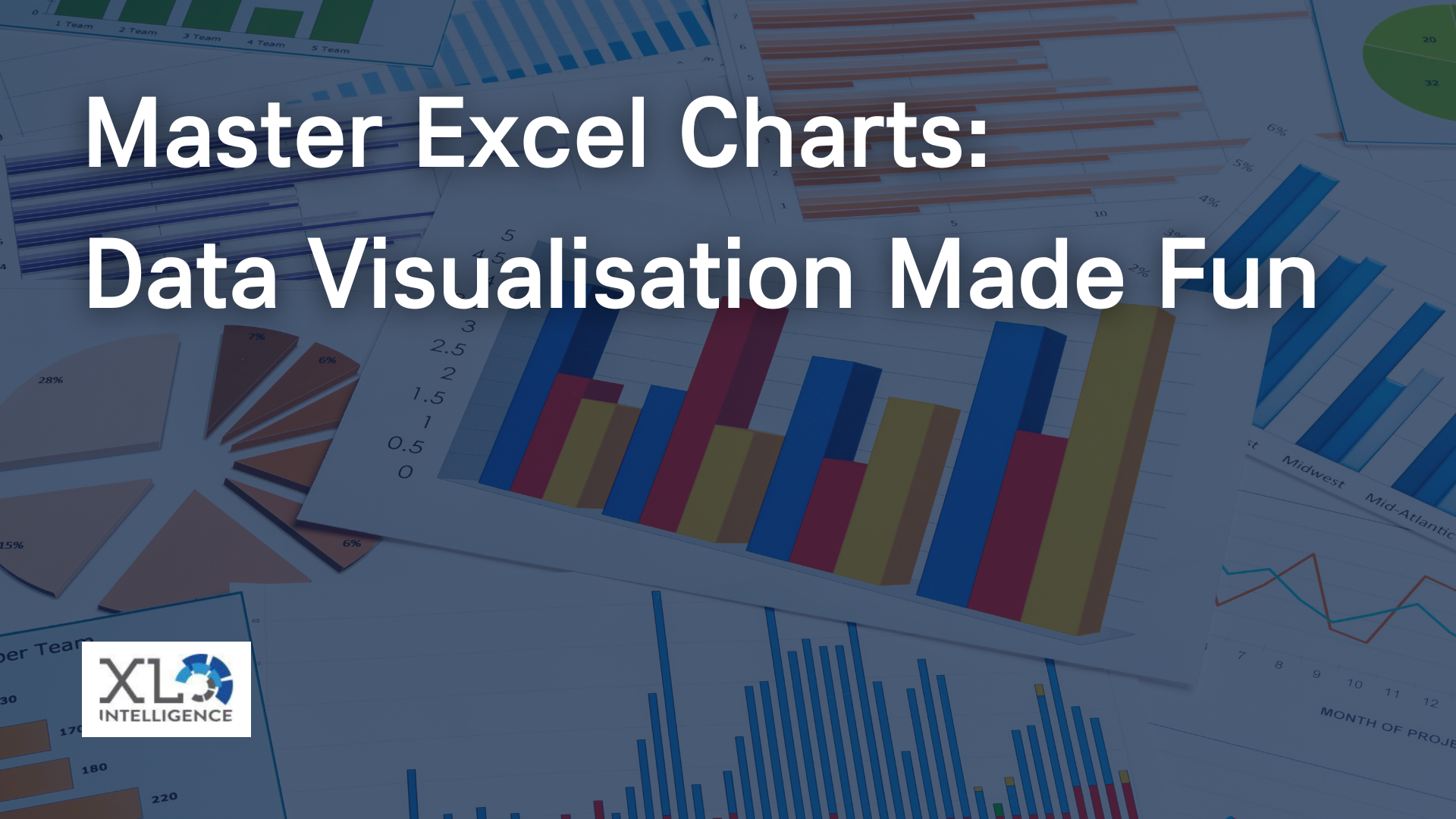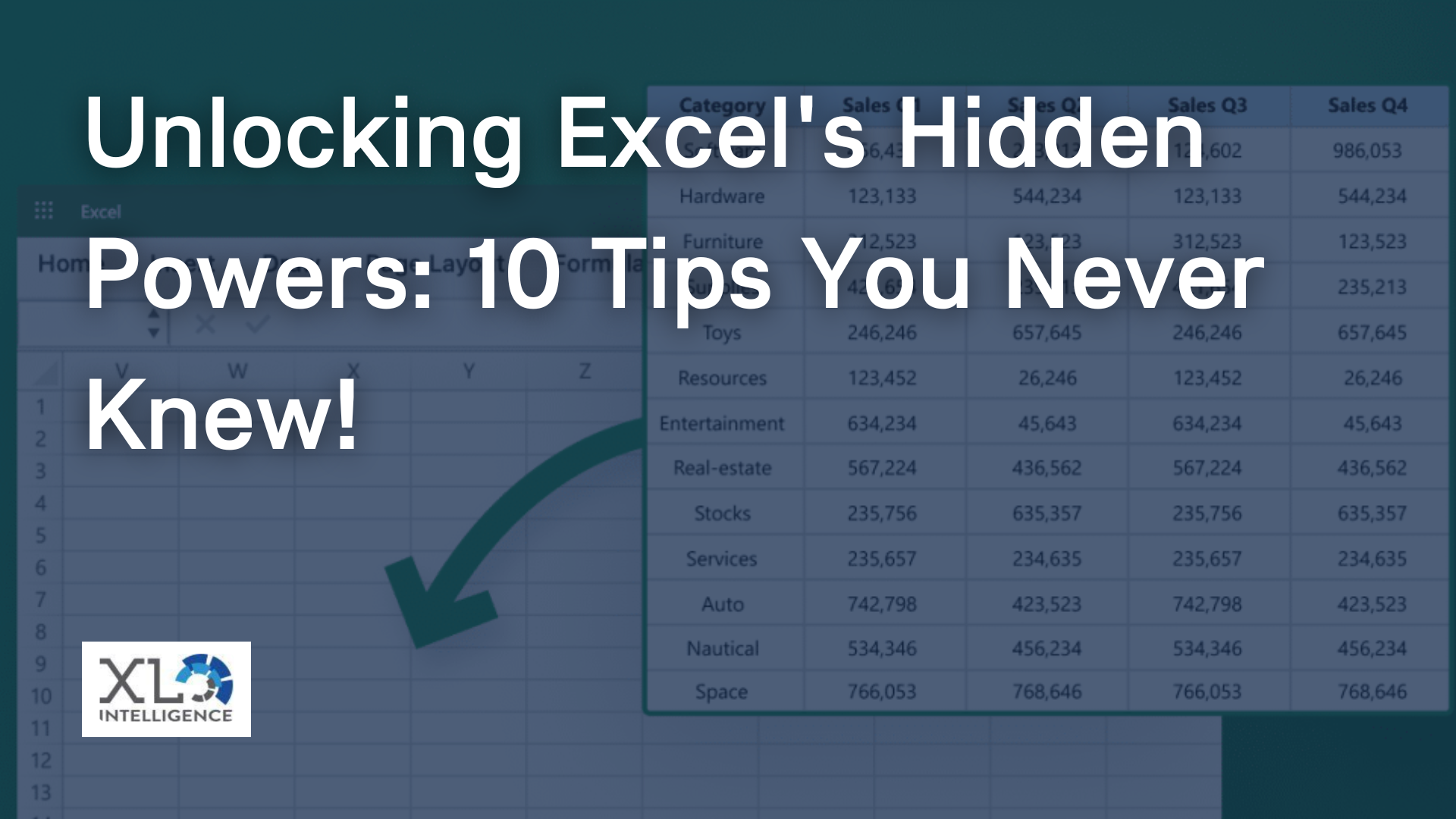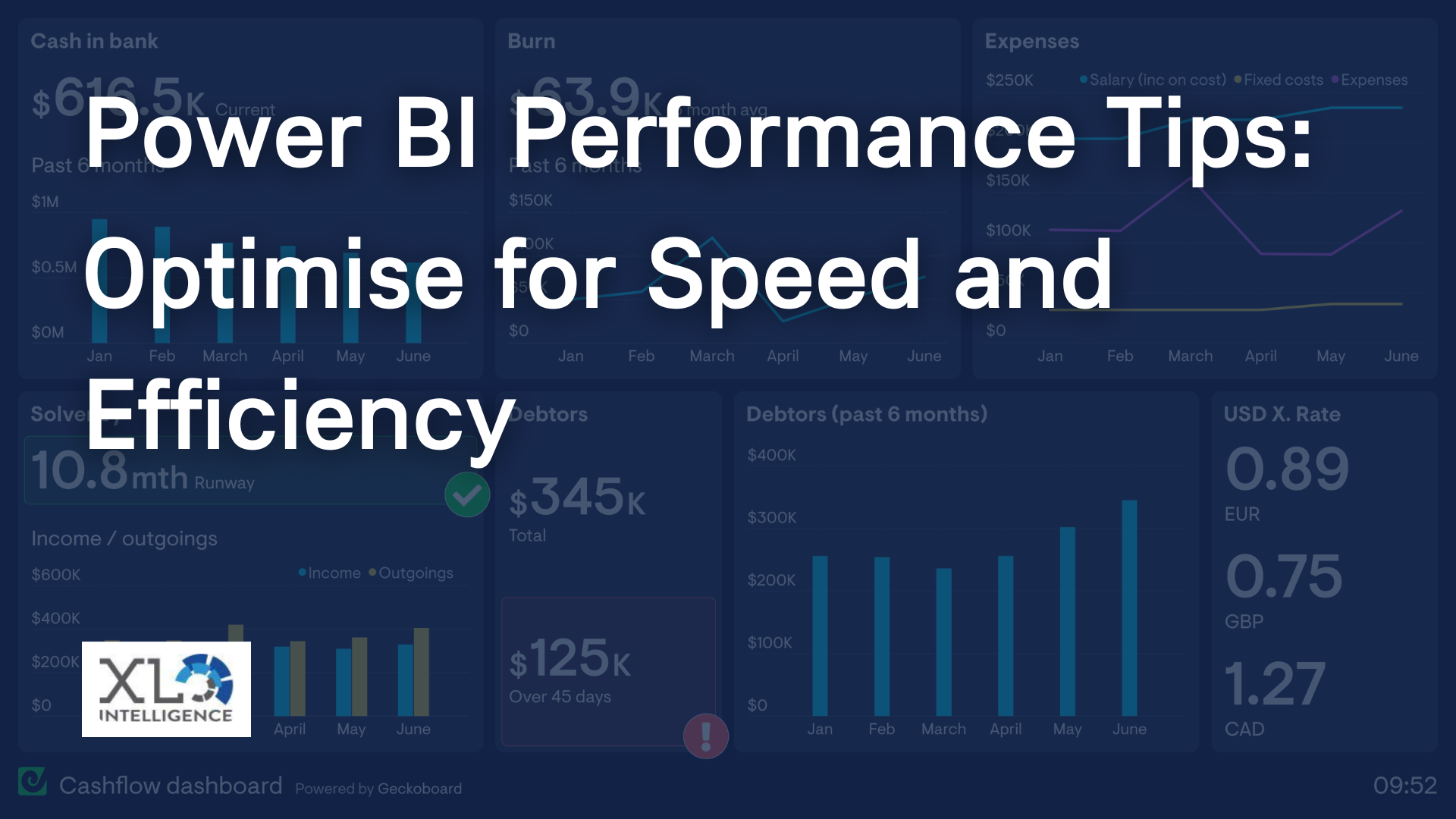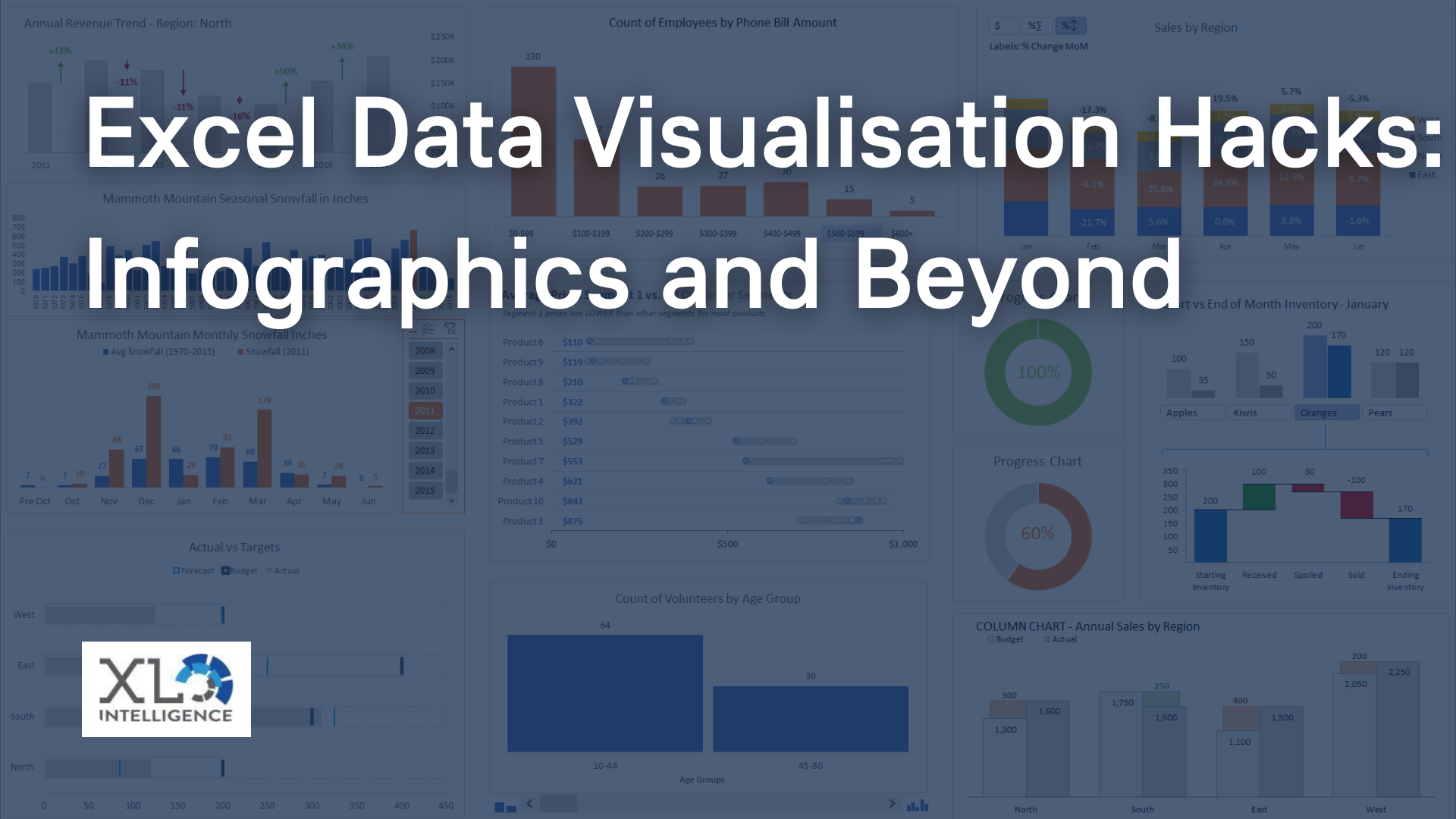Are you looking for a way to make data integration with Power BI easier and more successful?

Data integration with Power BI is an important aspect of business intelligence, as it enables organisations to consolidate data from various sources into a single platform for analysis and reporting. Today, we'll be discussing some useful tips and tricks to help you make the most out of your data integration with Power BI. From understanding the different data sources that are available to ensuring that your data is properly linked and connected, we'll provide you with the information you need to get the most out of your data integration project. So, let's dive in and explore the best practices for successful data integration with Power BI.
Develop a search strategy
Before embarking on a data integration project with Power BI, it is important to develop a search strategy. The search strategy should define how relevant literature will be identified, identify sources to be searched (list of databases and trial registries) and keywords used in the literature (list of keywords).
Identify data sources
Identify all the data sources that need to be integrated with Power BI. This could include internal data sources such as CRM and ERP systems, as well as external sources such as social media platforms and third-party data providers.
Determine data quality
Ensure that the data from all sources is of high quality. This involves checking for inconsistencies, inaccuracies and missing values. Data cleaning and normalisation techniques can be used to improve the quality of data.
Choose an appropriate integration method
Power BI provides several methods for integrating data, including direct query, import and live connection. The choice of method will depend on the type of data being integrated and the frequency of updates.
Use a data warehouse
For large and complex datasets, it is recommended to use a data warehouse for data integration. A data warehouse allows for centralisation and standardisation of data, making it easier to manage and analyse.
Establish data governance policies
Establish data governance policies to ensure that the data being integrated is accurate, secure, and compliant with regulations. This involves defining roles and responsibilities, establishing data quality standards and implementing data security measures.
Data integration with Power BI can be a daunting task, but it doesn't have to be. By following the tips outlined in this article, you can ensure that your data integration process is successful. Start by understanding the data sources you're connecting to and use Power BI's built-in features to help you along the way. Then, take advantage of Power BI's powerful query editor to customise your data integration process. Finally, be sure to test your data integration design and analyse the results to ensure it meets your business requirements. Following these tips will help you make the most of Power BI and ensure that your data integration process is a success.



